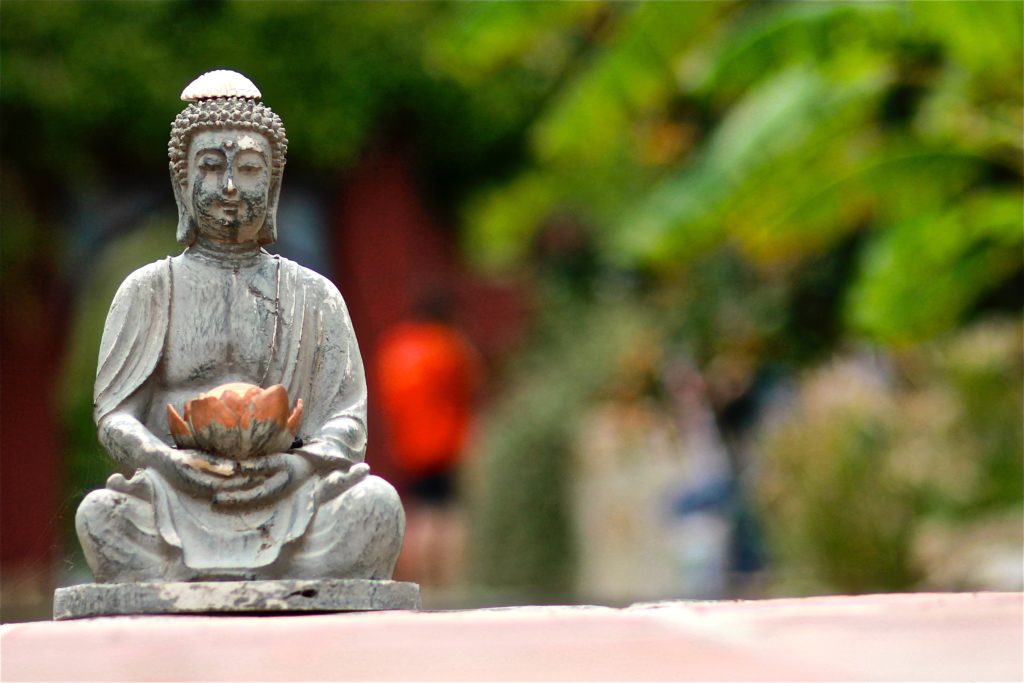
Reconciling Two Visions of Self Transformation and Social Engagement – 30 Verses of Vasubandhu
Buddhism is widely categorized and further sub-categorized into many schools and often it leads to confusions among the minds of the people as to what constitutes Buddhism. To look at the divisions of Buddhism from the particular slice of the division is not helpful and leads nowhere, and therefore, any Buddhism must be looked at from the perspective of the spirit of the Buddha which seeks to understand suffering and end of suffering. Buddhism is further posed into two aspects: individual transformation or social engagement.
The individual transformation of Buddhism in the modern world is exemplified in the mindfulness movement that has captured imaginations of people in the corporate world and “mindfulness” had become part of billions dollars industry suitably called “the awareness revolution”. At the same time, the socially engaged Buddhism has been emerging as the growing movement in not only traditional Buddhist countries, but also all over as Buddhism is being increasingly seen as the antithesis of discrimination in any form and the Buddha is described as the great social reformer.
These two trends in Buddhism: emphasis on individual transformation and the social engagement; offer sometimes a conflicting view and one trend is often seen in contrast with another trend. That is why Vasubandhu’s crisp and pithy 30 verses offer the complete reconciliation of the two trends and it seeks to unite these so-called “diverging trends” into one.
The Buddha taught that we are assailed by the emotions which at times very destructive and painful to bear and the wrong view that we hold about yourself and others are second cause of our suffering. These two aspects of the suffering due to assailed emotions (called Kilesa in Pali) and Viparyas (The distorted view of the way it is) are brought into discussion by Vasubandhu in 30 verses.
The first 15 verses are about how we can transform the destructive emotions into constructive ones and by doing that how we can reduce our suffering and attain peace. The next 15 verses relate to how we can work on the self that all the time creates others and attain the mind that does not discriminate between the self and other: the mind of the Bodhisattva. In order to understand how we are assailed by the destructive emotions and how within our minds lies the possibilities of our liberation from the destructive emotions, Vasubandhu creates a “model” of mind that we can use to work on our destructive emotions. This model of mind and its working is explained by Vasubandhu very clearly.
But, the interesting aspect of the 30 verses is the engagement with the world and without this engagement, true liberation is not a possible and true spirit of Buddhism is not practiced.
Author – Mangesh Dahiwale



+ There are no comments
Add yours